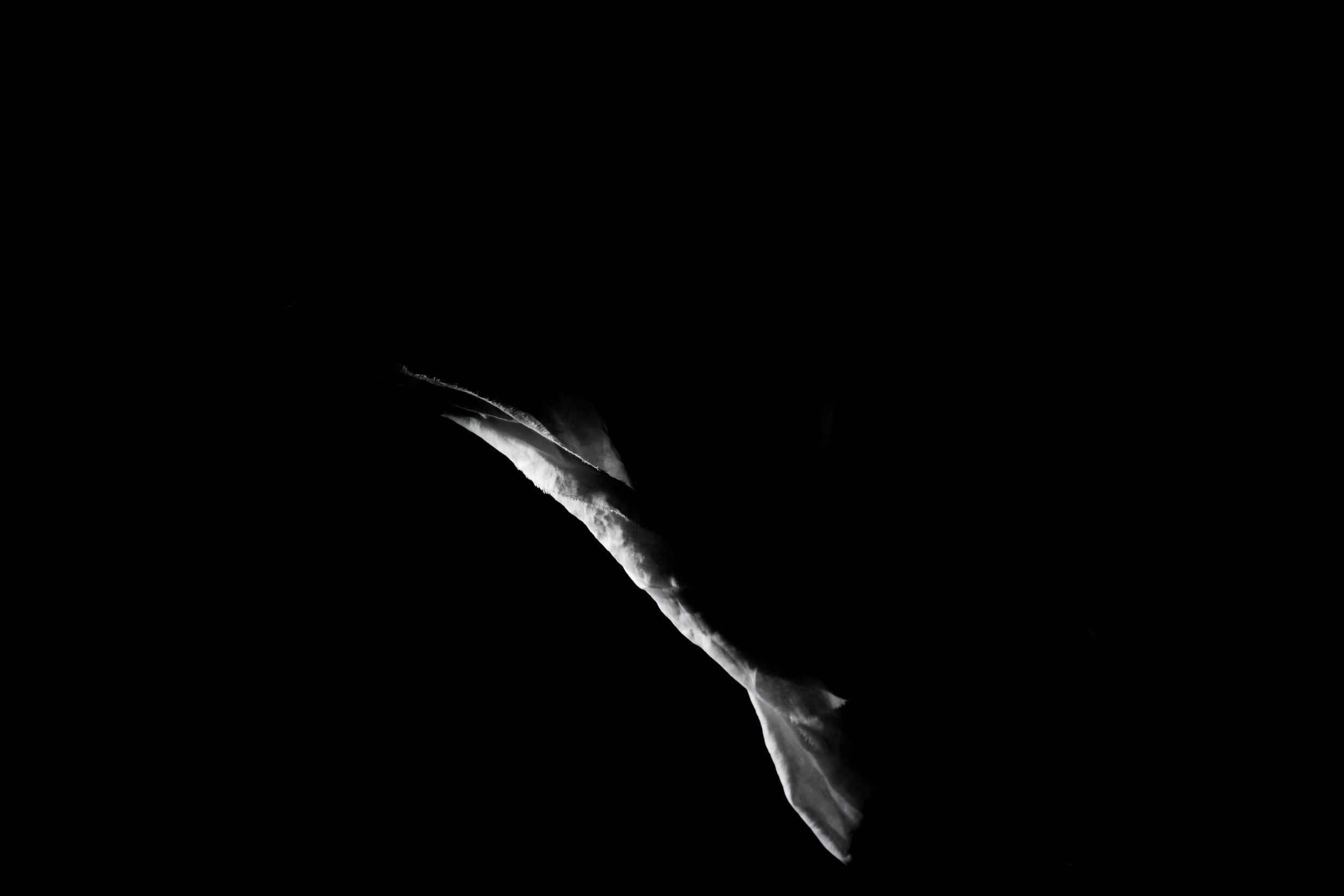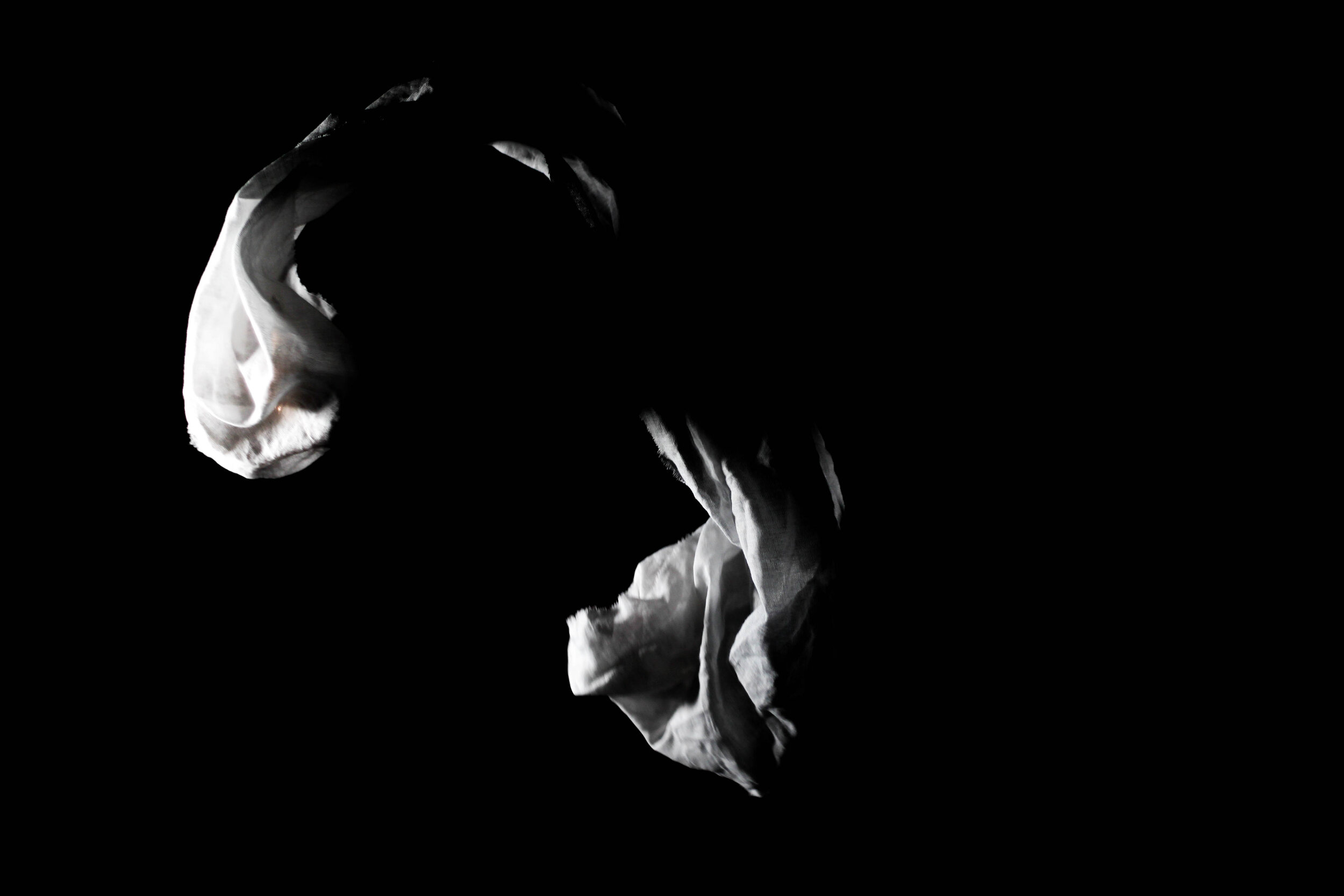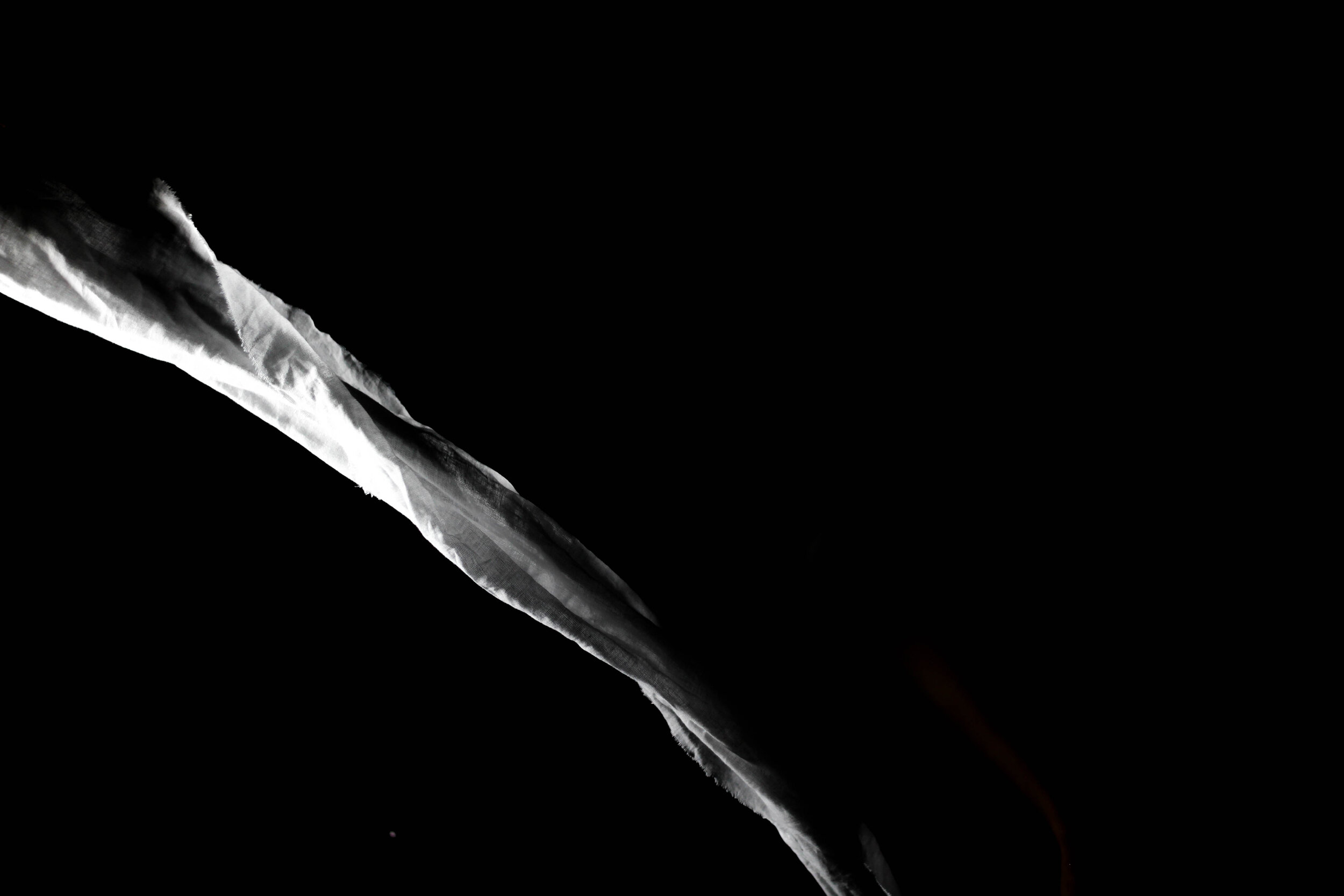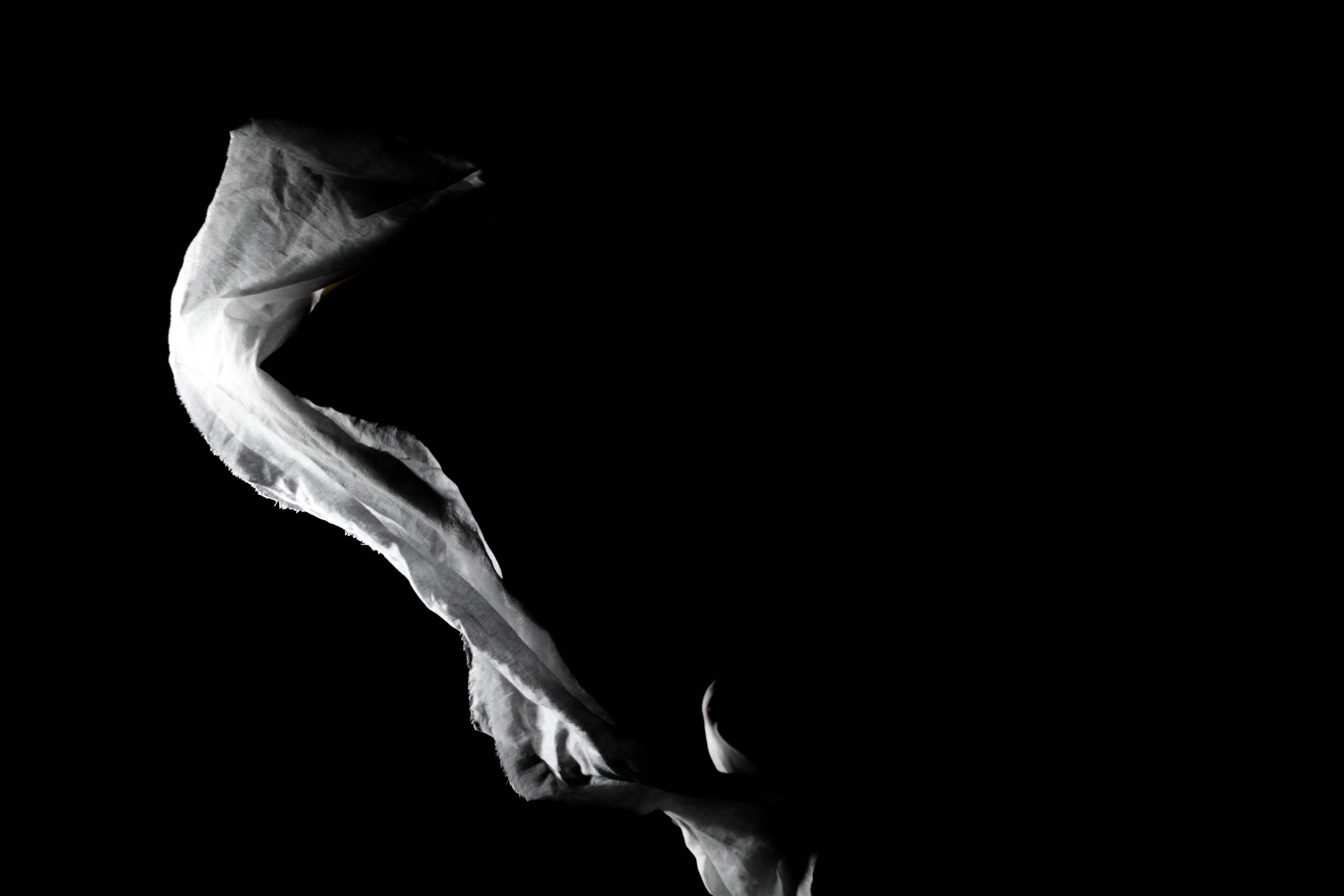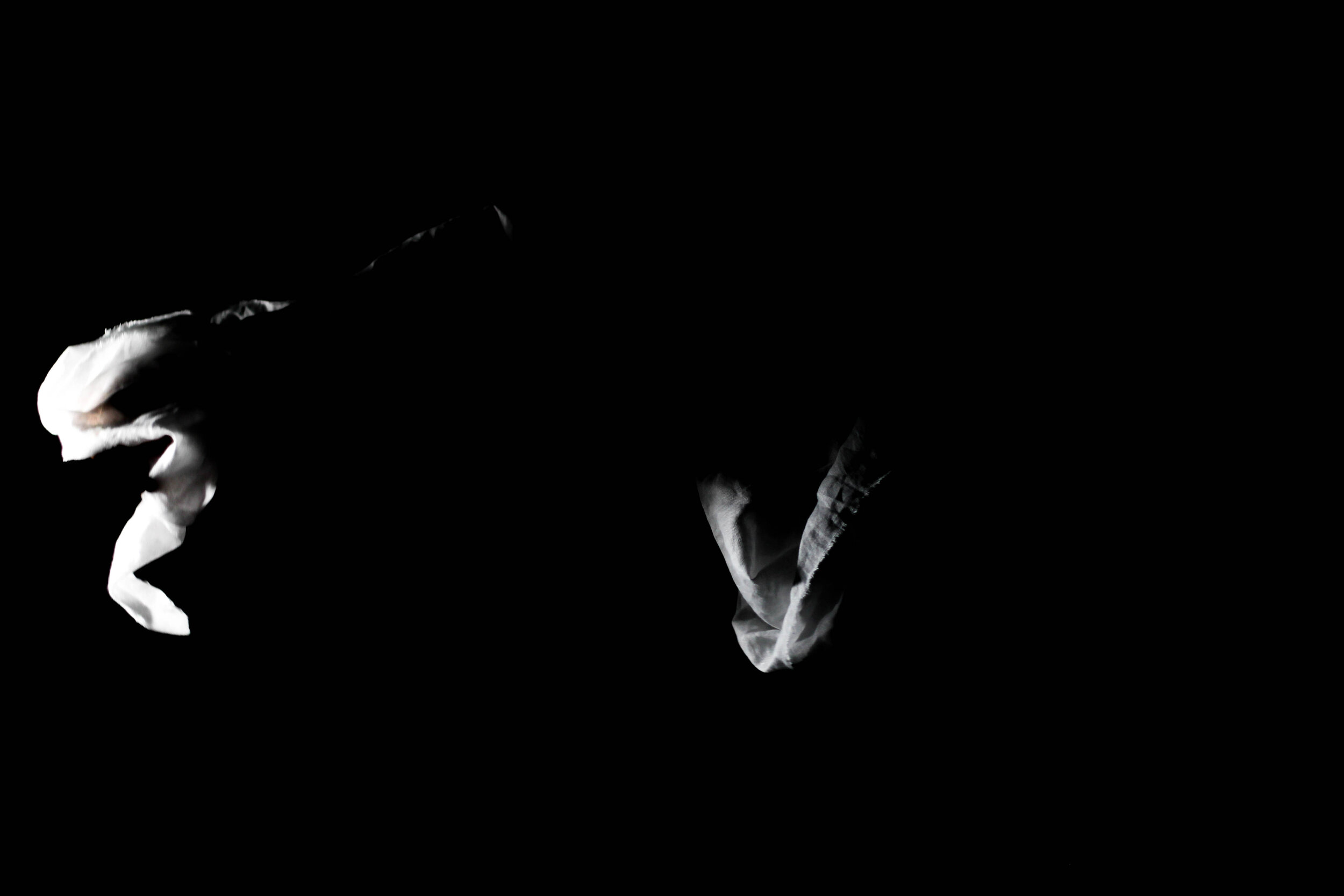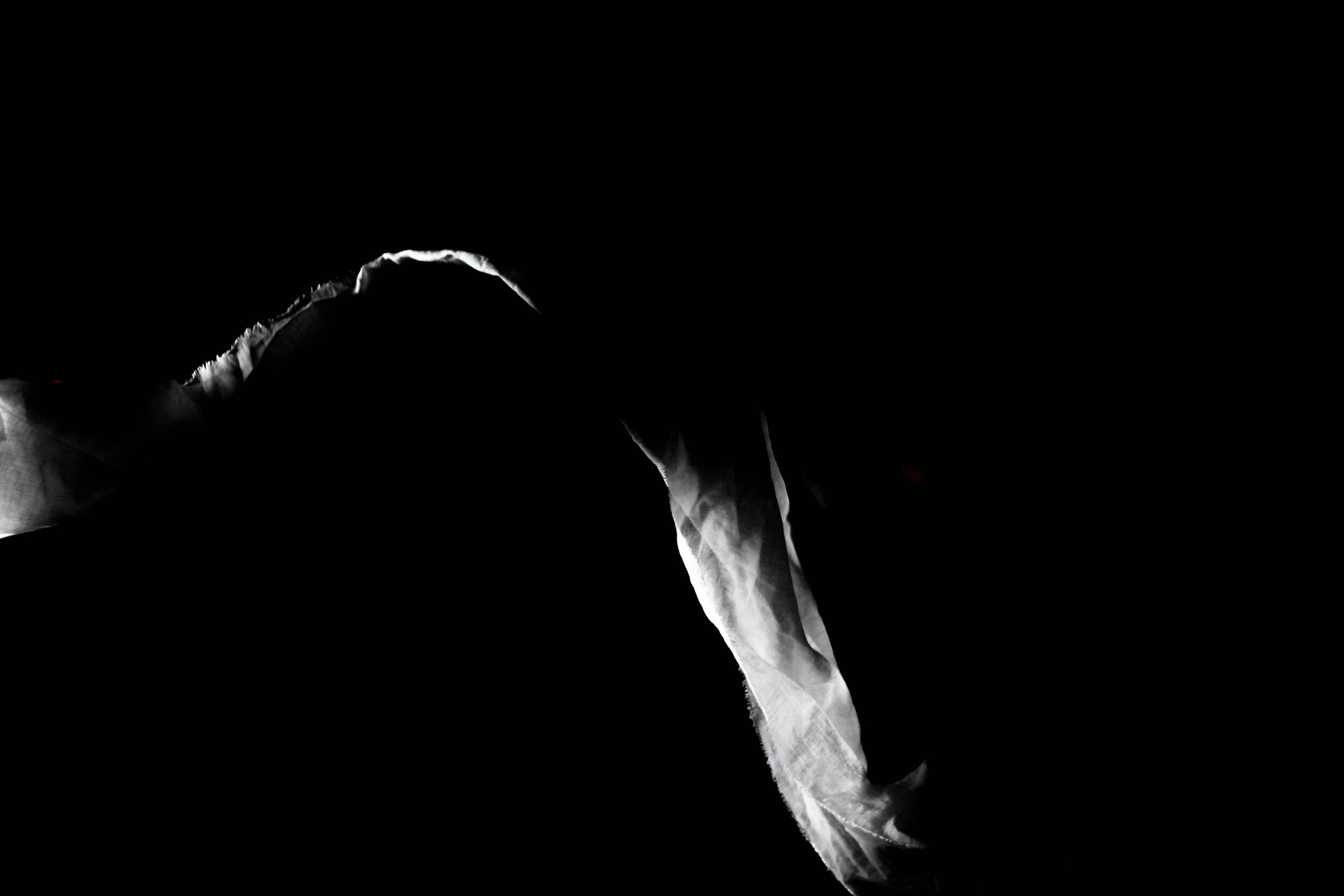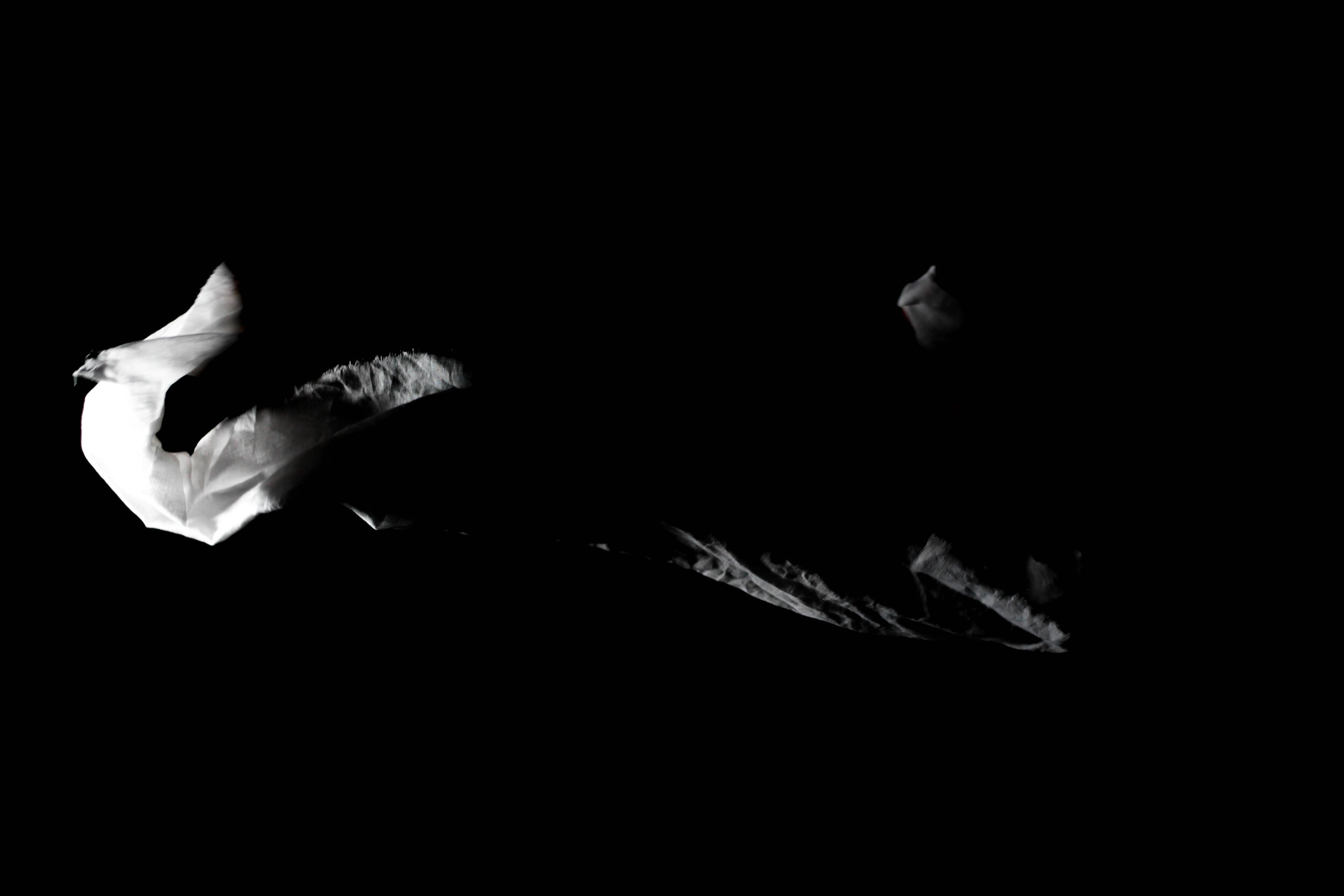Initial Cloth Simulations
Following my pursuit into simulated, procedural animations I began to look for a real word connection to kickstart the process of generating new work. Having previously researched the works of Olafur Eliasson and his focus on climate change and statistical data, I began to look for ways to incorporate real-world statistical data into my work. Eventually, I settled on the data for textile wastage in the UK and created a cloth simulation in Cinema 4D where the forces acting upon the cloth were modelled off of the yearly UK textile waste in tonnes with every second of footage being representative of 1 year’s worth of data.
Early Testing
For this simulation, I ended up using three different forces, all of which were controlled by the textile wastage data that I had found during my research. The reasoning behind this was to create an interesting-looking composition whilst simultaneously creating a visual representation of the data as a single force by itself didn’t create an outcome that I was pleased with. The forces I used were an attractor force, a field force and a turbulence force. The attractor and field force worked together to alter the physical position of the simulated cloth as the attractor pulled the cloth into the point of origin and the field force allowed the attractor to affect the cloth simulation. Finally, the turbulence force was there to create a more abstract appearance as it helped to fold the cloth over on itself due to the variation in intensity that it created in the form of digital noise.
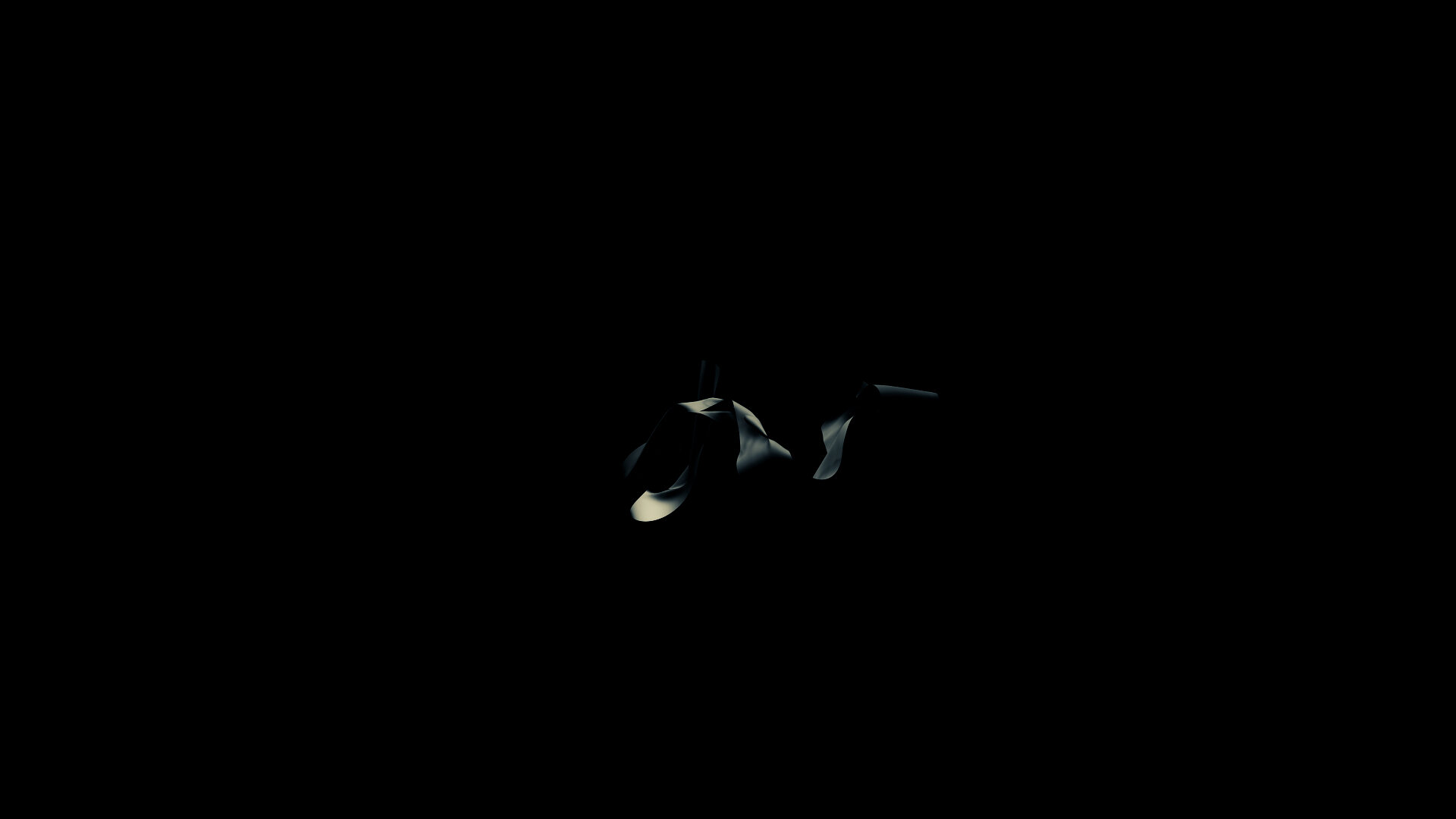

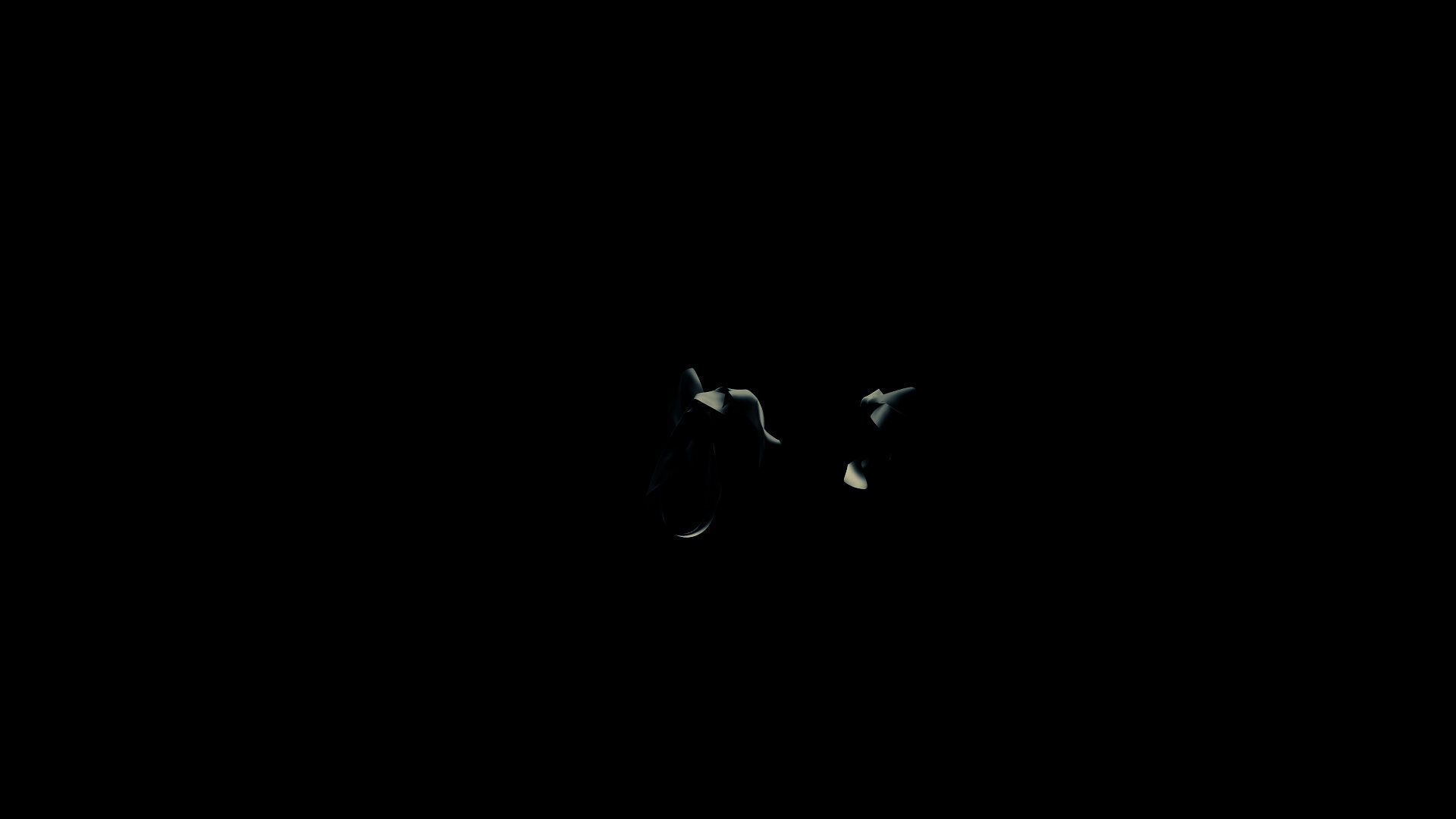
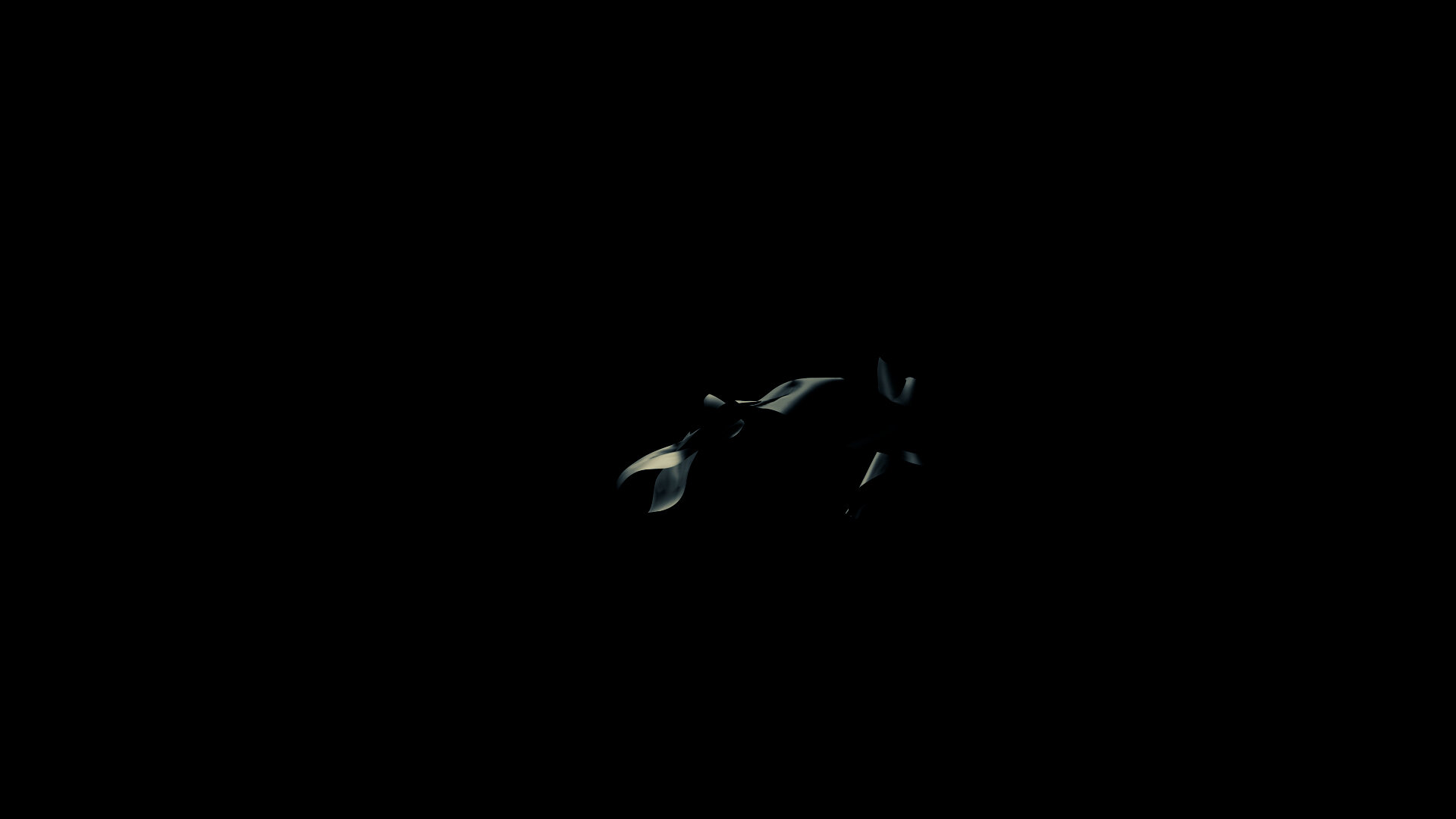
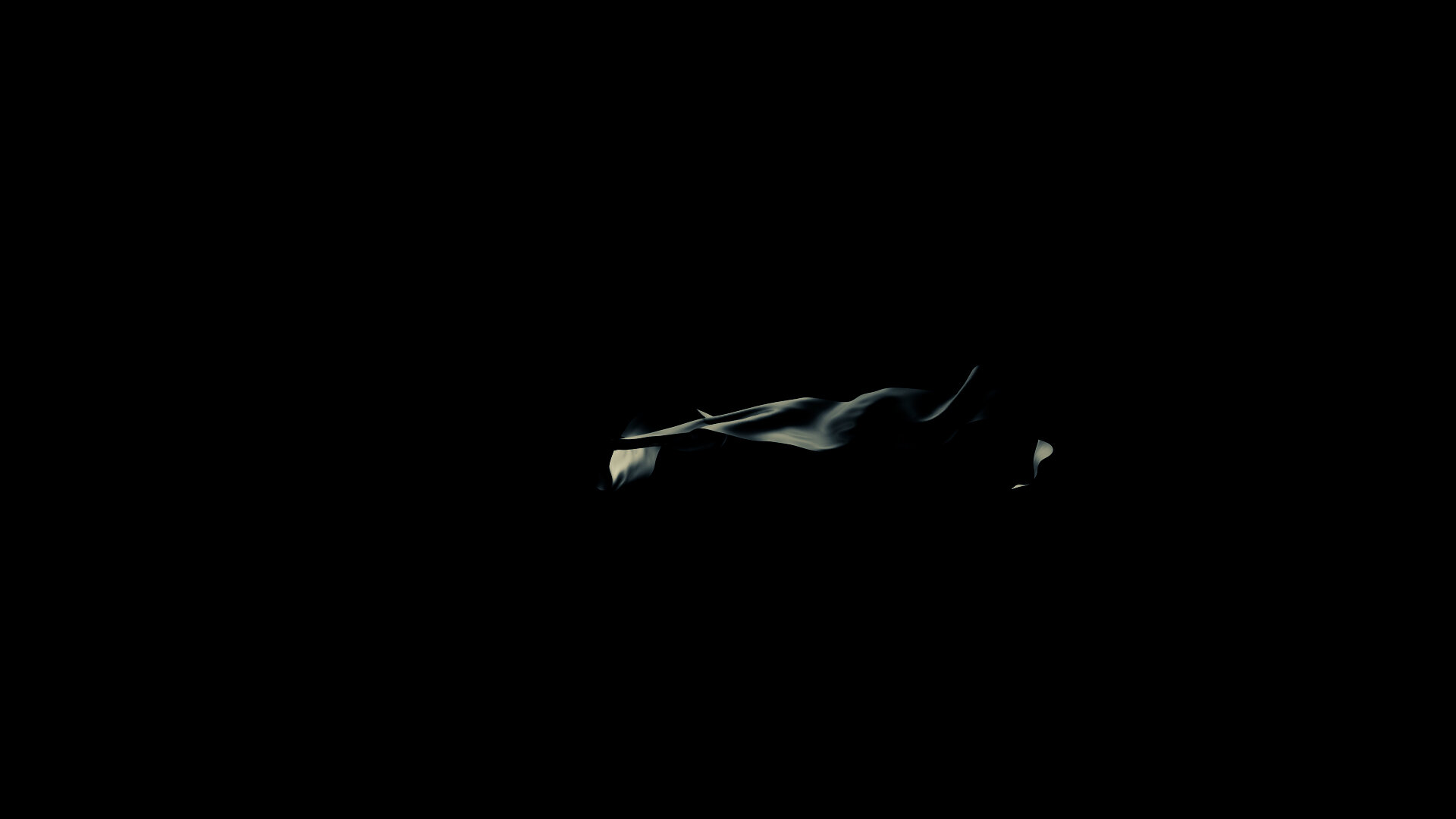
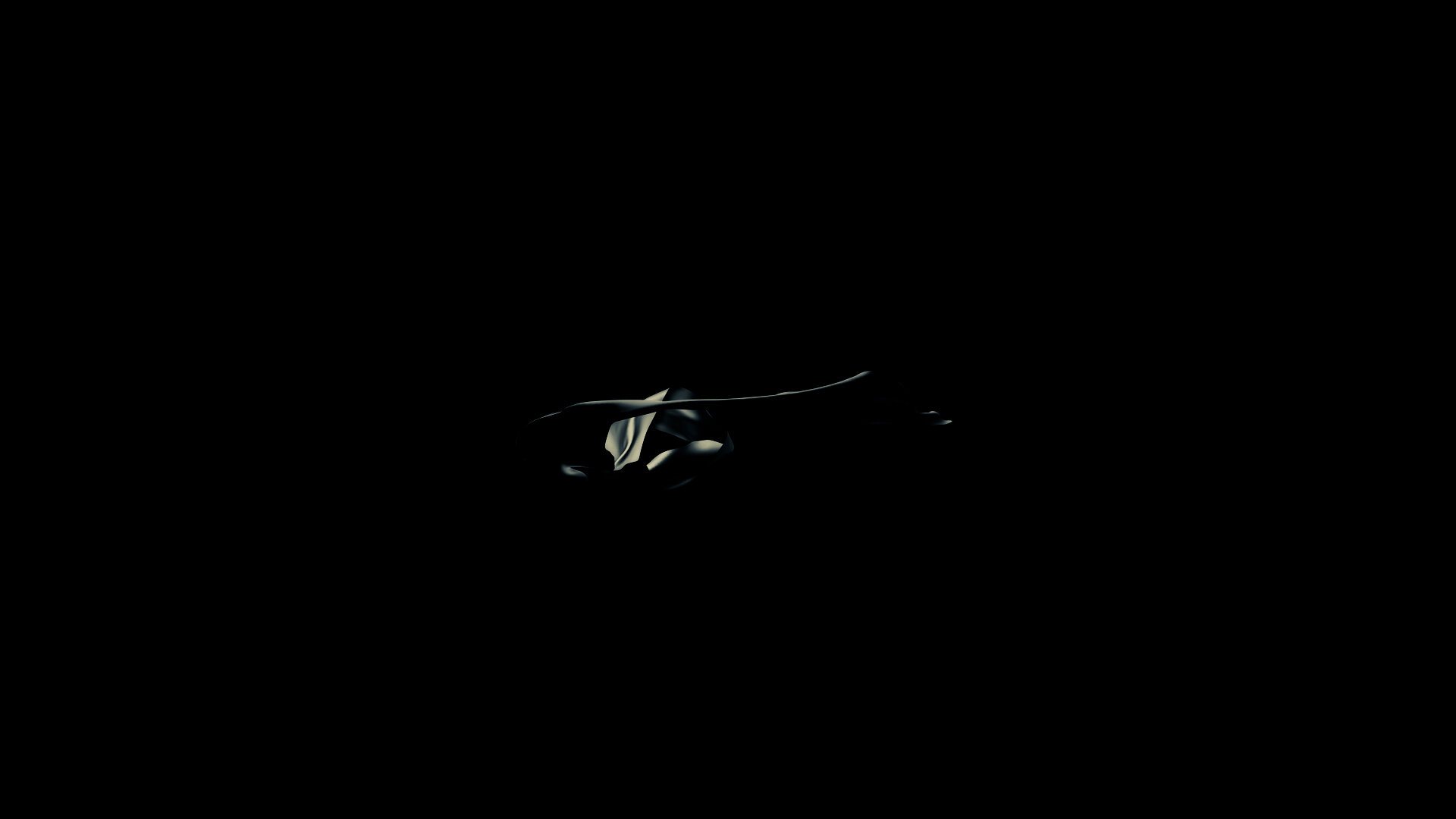
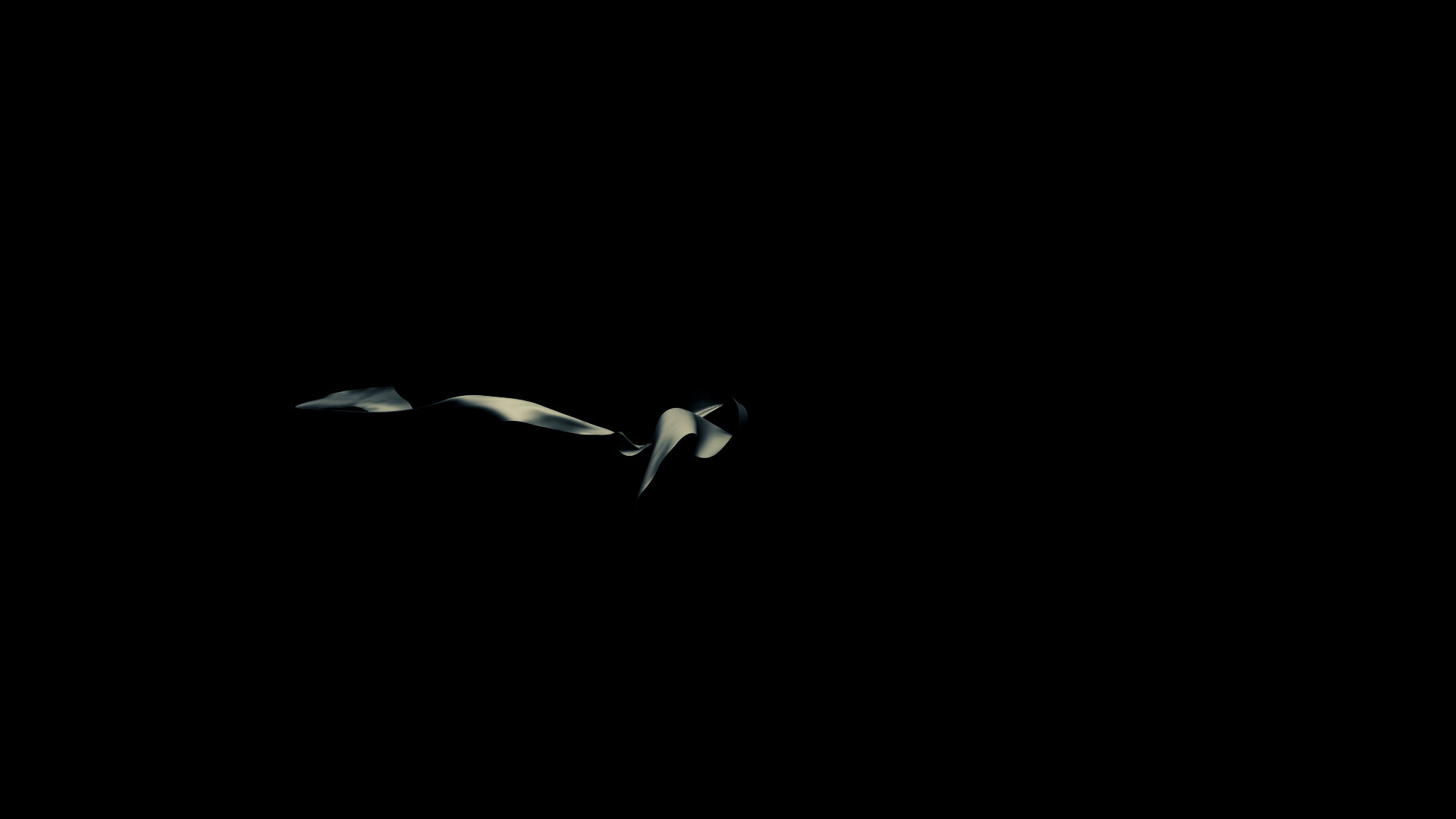
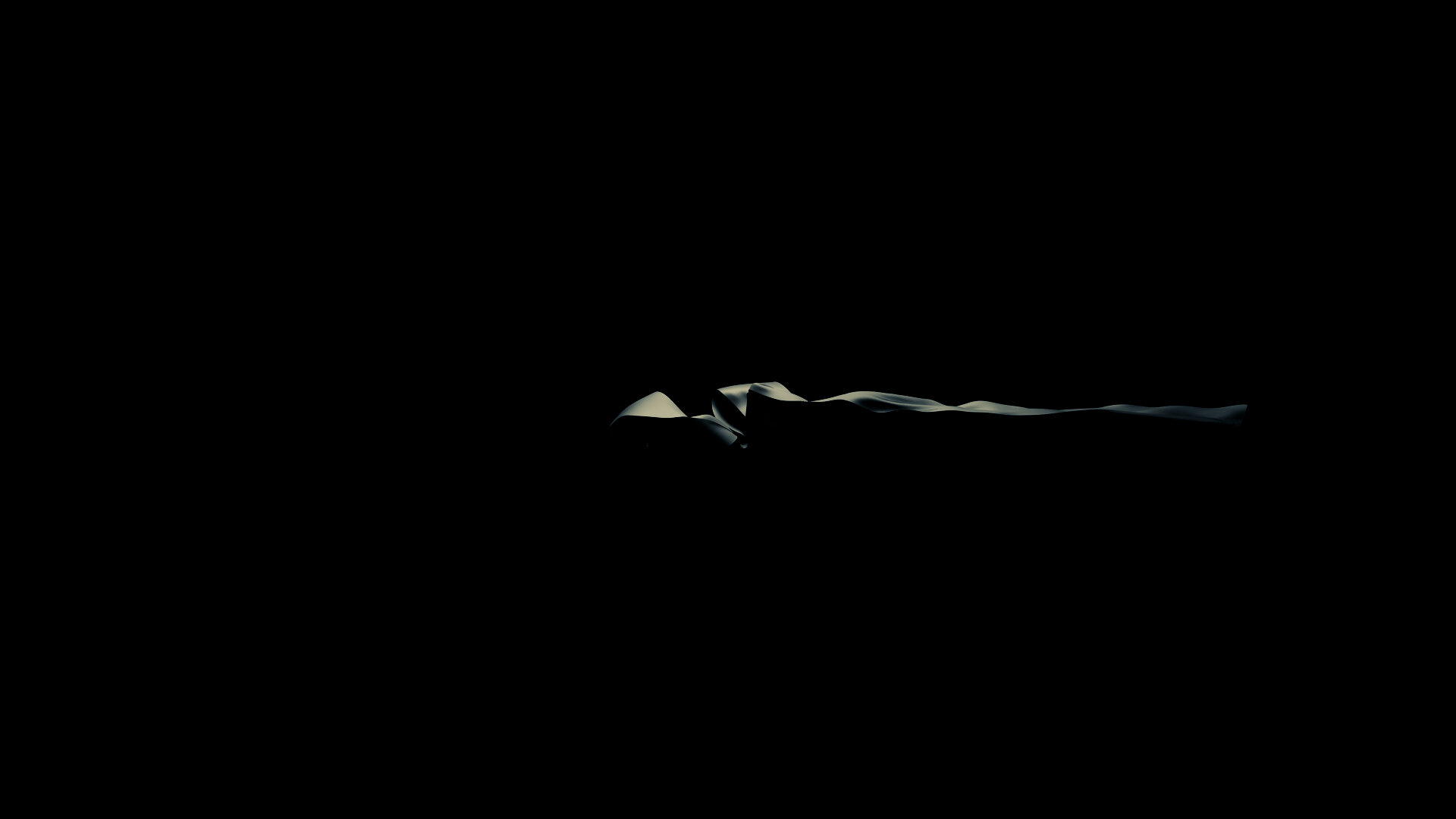
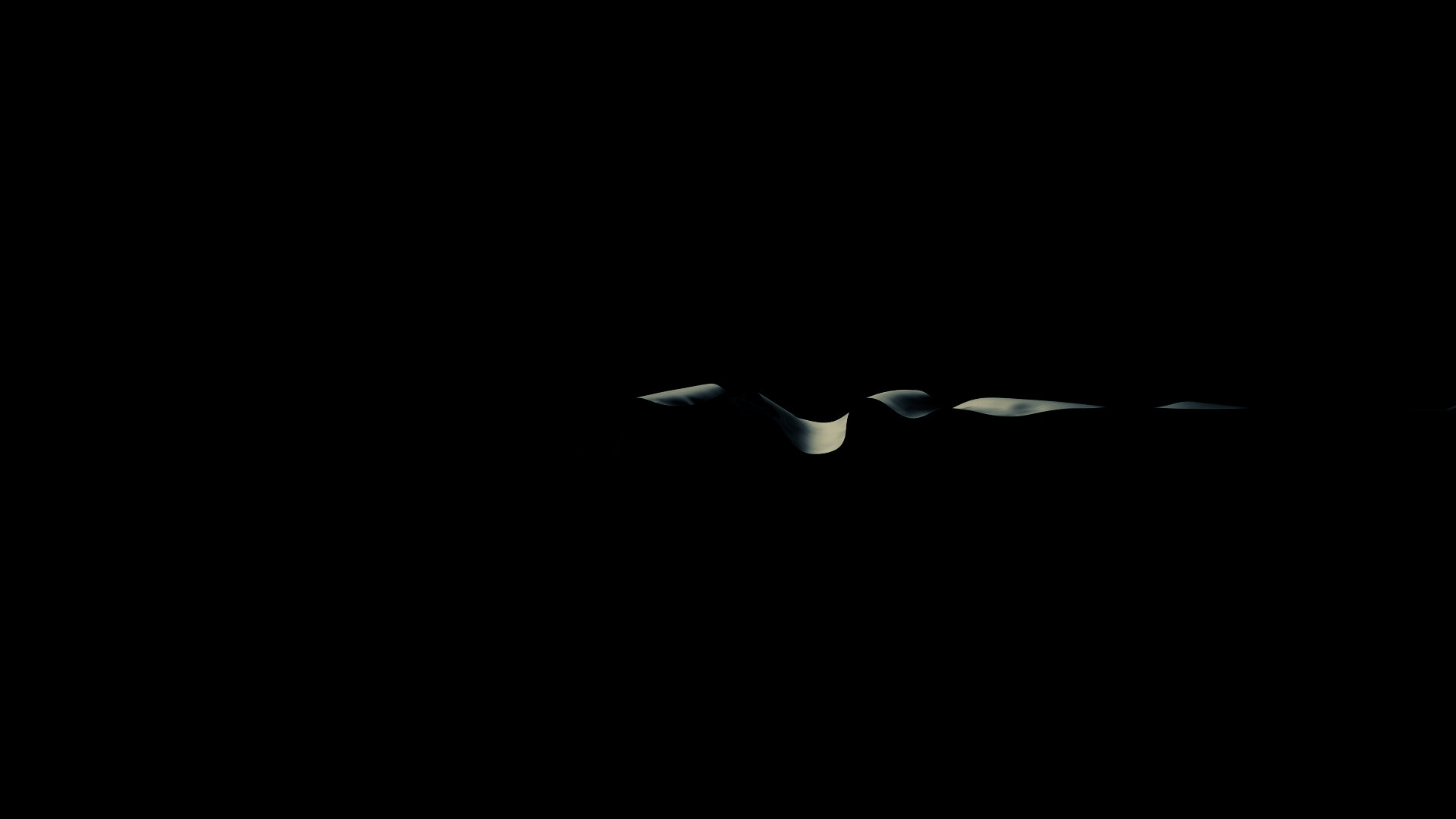
Photographic Response
To create this shoot, I set up a fan blowing upwards with a thin strip of cloth floating in the air, being distorted and blown around for me to capture. The plan was to light it from either side with a dead zone in the middle to create intense shadows and formations reminiscent of those created digitally in my simulation. However, I encountered a series of problems using this method that primarily stemmed from my reliance on the fan to create random formations in the cloth. I found that there wasn’t an intensity setting that both agitated the cloth enough to create interesting patterns whilst not blowing at such an intensity that the cloth flew away within a second of turning it on.
My first attempt to counteract this involved tying a thin strand of fishing line from the fan to the cloth in the hopes that it would hold the cloth in place bit, no matter what I did, I still couldn’t get the cloth to remain in frame long enough to be photographed in motion.
The other, minor problem was the lighting setup as the dead zone I had created was too large, I solved this by simply re-adjusting the position and angle of the lighting to fill out the image more.
Having failed to find a way to hold the cloth in place with string over the fan, I resorted to a more human solution. I had a friend hold both ends of the strip of cloth over the fan placed beneath it. This allowed me to more accurately ensure that the cloth remained in frame and I could turn the fan up to maximum power which allowed for more intricate formations. The only downside to this solution was that my friend’s hands were visible in the shot, no matter how I chose to light it.
Eventually, I accepted that the hands were going to be visible and I would have to edit them out, I settled down to capture the shots needed and managed to end the day with a successful photoshoot. I plan on reviewing the images taken tonight and fill in any gaps or simply take more photos tomorrow if I feel I need greater variation in the formations created in the cloth.
Overall, I am extremely pleased with how the photoshoot ended as, despite the issues I had to overcome, I was able to capture the formations and patterns created in the cloth when affected by wind as a physical response to my own earlier digital work.
All the images were going to require some lighting touch-ups as well as some fairly intensive masking to remove the hands holding the cloth in every frame. I began by adjusting the colour and lighting as these settings could be easily copied across all of the images due to the fact that they were all captured under the same lighting conditions with the same camera settings. I made some minor tweaks to the exposure, contrast and shadows to balance out the image, followed by some more intensive changes in the black and white levels in an attempt to obscure as much of the hands as possible in the background shadow. I then was able to copy and paste these changes across all of my images before going back into them one by one to make minor alterations to better implement the edit. Following these initial changes, I used the brush tool in Lightroom Classic to create a mask over any part of the images that had visible hands supporting the cloth in them. I then edited the mask to stop down highlighted areas by four stops of exposure as well as completely neutralising the highlights and maxing out the intensity of the blacks. These steps were successful in removing the hands from the images as the exposure in those areas was set so low that no light was visible, creating the effect of the cloth floating in a void of nothingness
